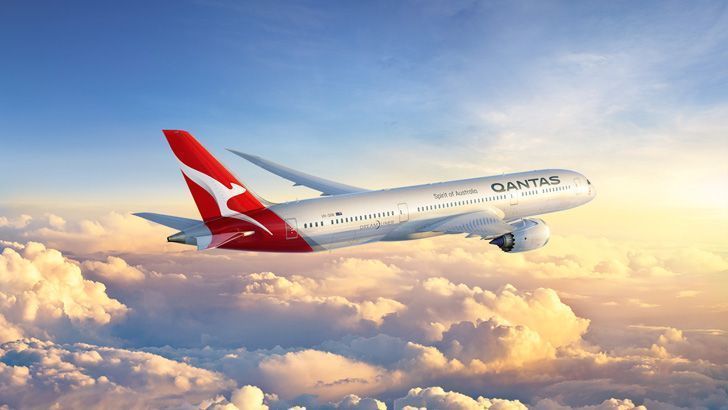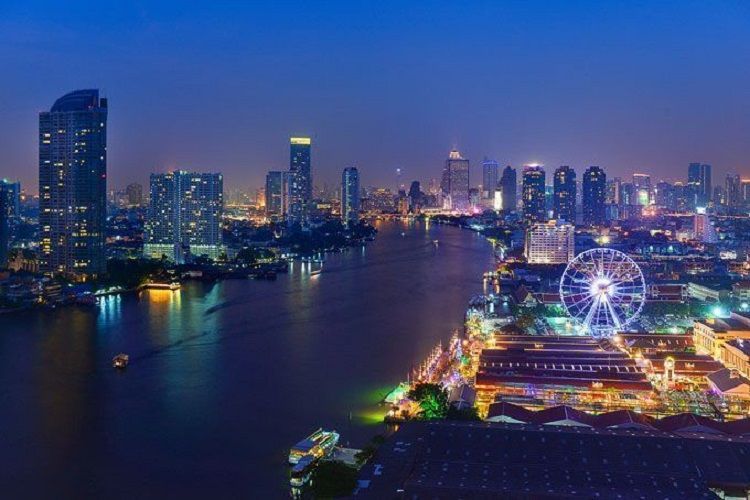The Qantas Group has provided more detail on preparations for restarting its international flights, with plans linked to the vaccine rollout in Australia and key overseas markets.
On current projections Australia is expected to reach National Cabinet’s ‘Phase C’ vaccination threshold of 80 per cent in December 2021, which would trigger the gradual reopening of international borders.
Similarly, key markets like the UK, North America and parts of Asia have high and increasing levels of vaccination. This makes them highly likely to be classed as low risk countries for vaccinated travellers to visit and return from under reduced quarantine requirements, pending decisions by the Australian Government and entry policies of other countries.
This creates a range of potential travel options that Qantas and Jetstar are now preparing for. While COVID has shown that circumstances can change unexpectedly, the long lead times for international readiness means the Group needs to make some reasonable assumptions based on the latest data to make sure it can offer flights to customers as soon as they become feasible.
Flights to destinations that still have low vaccine rates and high levels of COVID infection will now be pushed out from December 2021 until April 2022 – including Bali, Jakarta, Manila, Bangkok, Phuket, Ho Chi Minh City and Johannesburg. Levels of travel demand – and therefore, capacity levels – will hinge largely on government decisions on alternative requirements to mandatory hotel isolation for fully vaccinated travellers.
Assuming current projections hold and the 80 per cent vaccine threshold is met in December, Qantas and Jetstar plan to trigger a gradual restart as outlined below. If those assumptions change or dates move, the restart plans will adjust accordingly.
SUMMARY OF INTERNATIONAL RESTART PLANS
- From mid-December 2021, flights would start from Australia to COVID-safe destinations, which are likely to include Singapore, the United States, Japan, United Kingdom and Canada using Boeing 787s, Airbus A330s, and 737s and A320s for services to Fiji.
- Flights between Australia and New Zealand will be on sale for travel from mid-December 2021 on the assumption some or all parts of the two-way bubble will restart.
- Qantas’ ability to fly non-stop between Australia and London is expected to be in even higher demand post-COVID. The airline is investigating using Darwin as a transit point, which has been Qantas’ main entry for repatriation flights, as an alternative (or in addition) to its existing Perth hub given conservative border policies in Western Australia. Discussions on this option are continuing.
- Five A380s will return to service ahead of schedule. These would fly between Sydney and LA from July 2022, and between Sydney and London (via Singapore) from November 2022. The A380s work well
on these long-haul routes when there’s sufficient demand, and the high vaccination rates in both markets would underpin this. - Qantas will extend the range of its A330-200 aircraft to operate some trans-Pacific routes such as Brisbane-Los Angeles and Brisbane-San Francisco. This involves some technical changes that are now being finalised with Airbus.
- Flights to Hong Kong will restart in February and the rest of the Qantas and Jetstar international network is planned to open up from April 2022, with capacity increasing gradually.
- Qantas to take delivery of three 787-9s (new aircraft that have been in storage with Boeing) during FY23 to operate additional flights to key markets as demand increases.
- Jetstar to take delivery of its first three Airbus A321neo LR aircraft from early FY23, the extended range of which will free up some of its 787s to be redeployed on other markets.
In total, 10 of Qantas’ A380s with upgraded interiors are expected to return to service by early 2024, with timing dependent on how quickly the market recovers. Two A380s will be retired.
Readiness for international travel to restart is supported by ongoing repatriation and charter flights using A330s and 787s, as well as specific funding from the Australian Government for crew training and engineering work to return idle aircraft to service.
Outlining the restart assumptions as part of the national carrier’s full year results, Qantas Group CEO Alan Joyce said: “The prospect of flying overseas might feel a long way off, especially with New South Wales and Victoria in lockdown, but the current pace of the vaccine rollout means we should have a lot more freedom in a few months’ time.
“It’s obviously up to government exactly how and when our international borders re-open, but with Australia on track to meet the 80 per cent trigger agreed by National Cabinet by the end of the year, we need to plan ahead for what is a complex restart process.
“There’s a lot of work that needs to happen, including training for our people and carefully bringing aircraft back into service. We’re also working to integrate the IATA travel pass into our systems to help our customers prove their vaccine status and cross borders.
“We can adjust our plans if the circumstances change, which we’ve already had to do several times during this pandemic. Some people might say we’re being too optimistic, but based on the pace of the vaccine rollout, this is within reach and we want to make sure we’re ready,” added Mr Joyce.
Qantas has recently extended its Fly Flexible policy, offering customers who book international flights before 28 February 2022 with unlimited ‘fee free’ date changes when travelling before 31 December 2022. (A fare difference may apply).
Qantas has also extended credit vouchers for bookings made on or before 30 September 2021 to enable travel until 31 December 2023. Jetstar customers issued with a voucher due to COVID-19 disruptions are able to use their voucher to book flights until at least 31 December 2022, for flights up to the end of 2023.
International flights remain subject to Government and Regulatory approval.
NATIONAL CABINET ‘PHASE C’ REOPENING PLAN
- Triggered when vaccine rate among eligible Australians reaches 80 per cent
- Highly targeted lockdowns only
- No caps on returning vaccinated Australians
- Lift all restrictions on outbound travel for vaccinated Australians
- Extend travel bubble for unrestricted travel to new candidate countries
- Gradual reopening of inward and outward international travel with safe countries and proportionate quarantine and reduced requirements for fully vaccinated inbound travellers












